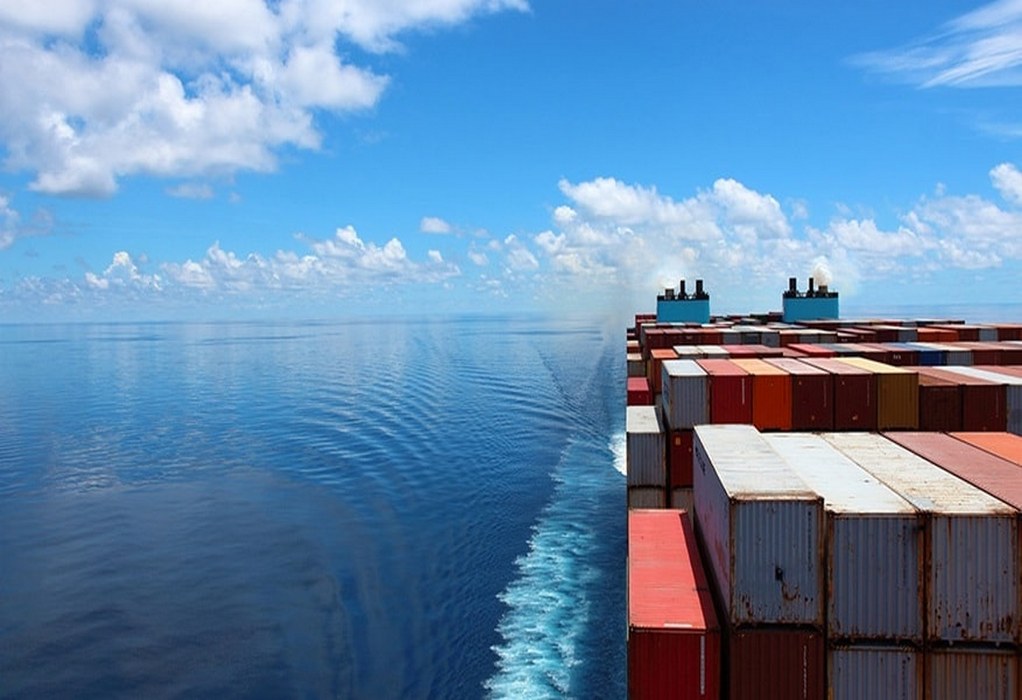The world’s first hydrogen-powered crew transfer vessel (CTV) is being developed by Vestas in association with Windcat Workboats, part of Compagnie Maritime Belge (CMB), as a pilot program. The project is aimed at exploring to see how it can help reduce carbon emissions from offshore service operations.
The CTV is powered by a dual-fuel solution, capable of being powered by hydrogen in combination with marine gas oil. The solution will be tested at the Norther offshore wind farm and is planned to launch on July 15 and run until the end of the year.
The goal of the trial will be to collect insights into the opportunities and limitations of hydrogen-powered vessels in daily operations. Vestas said the new CTV holds the potential to generate a CO2 saving of 158 tonnes, an estimated saving of 37% less carbon emissions in comparison to a traditional vessel. This saving will be validated during the pilot, as well as exploring how the solution can be scaled up if it proves to have an impact on Vestas’ scope 1 and 2 emissions.
The vessel, developed with CMB’s clean technology division, CMB.Tech, will initially be powered mostly by grey hydrogen due to a lack of available green hydrogen, something CMB has also been working on, most recently joining forces with Ports of Stockholm to set up a hydrogen fuelling station at Stockholm Norvik Port.
Tags: CMB, CTV, Hydrogen, Vestas, Windcat Workboats



Recent Posts
PT Bahtera Bahari Shipyardbrings Indonesia’s first allelectric CBG 500 E to life
Wärtsilä’s Latest Testing Confirms 90% GHG Reduction with Ammonia-Fuelled 4-Stroke Engine
SAAM Towage Showcases Electric Tugboat Success at Tug Technology 2025
KOTUG to Supply Lithuania’s First Zero-Emission Electric Pusher Tug
Damen Launches New Hybrid-Electric Ferry for BC Ferries Fleet Expansion
Smart Shipping Gets a Boost with Ascenz Marorka–Emerson Collaboration
Wood to Oversee Project Management for UAE’s First Methanol Facility
IMO’s Fuel Transition Plan Marks Turning Point, but Industry Needs Incentives to Scale Zero-Emission Fuels